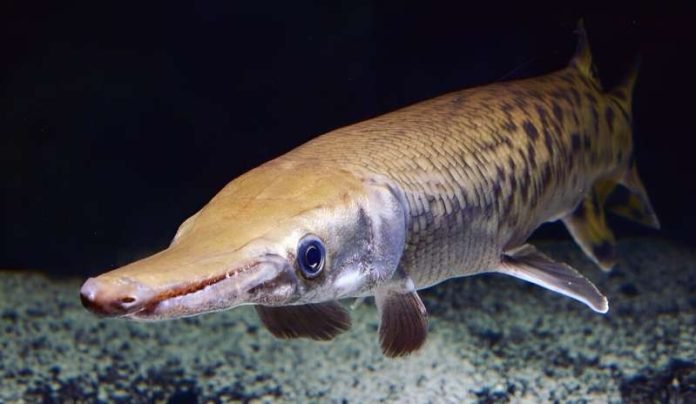
Once upon a time, in 1859, a man named Charles Darwin introduced the world to the idea of “living fossils.”
These are creatures that seem to have bypassed the march of time, remaining much the same as their ancient relatives buried in the earth’s crust.
Fast forward to today, scientists at Yale have unraveled a mystery that Darwin himself might have wondered about: how do some creatures manage to stay so unchanged through millions of years?
At the heart of this discovery are the gars, a group of fish with a lineage as old as the dinosaurs. These fish are like living snapshots of a bygone era, looking almost identical to their fossilized ancestors from 150 million years ago.
But what makes them so special? The Yale researchers have found that gars change at a snail’s pace on a genetic level, slower than any other creature with jaws we know of.
This slow change in their DNA is linked to how rarely new types of gars appear. It’s like they’ve found a comfort zone in evolution and decided to stay put.
The scientists think that gars are really good at fixing any mistakes in their DNA, which might explain why they don’t change much over time. This is fascinating because it could teach us a lot about preventing diseases like cancer, which are caused by DNA mistakes.
The gars are not just relics; they’re a living lesson in how life evolves and sometimes decides not to. They challenge our understanding of nature and offer clues that could one day help us in medical science.
The story of the gars tells us that the natural world still has many secrets to reveal and that by looking at the past, we might find answers for the future.
The research findings can be found in Evolution.
Copyright © 2024 Knowridge Science Report. All rights reserved.



